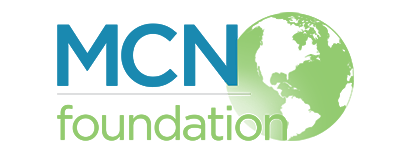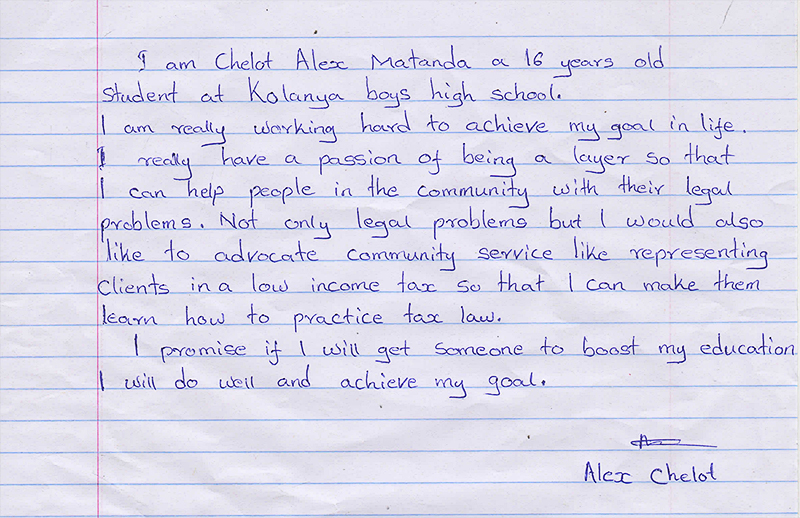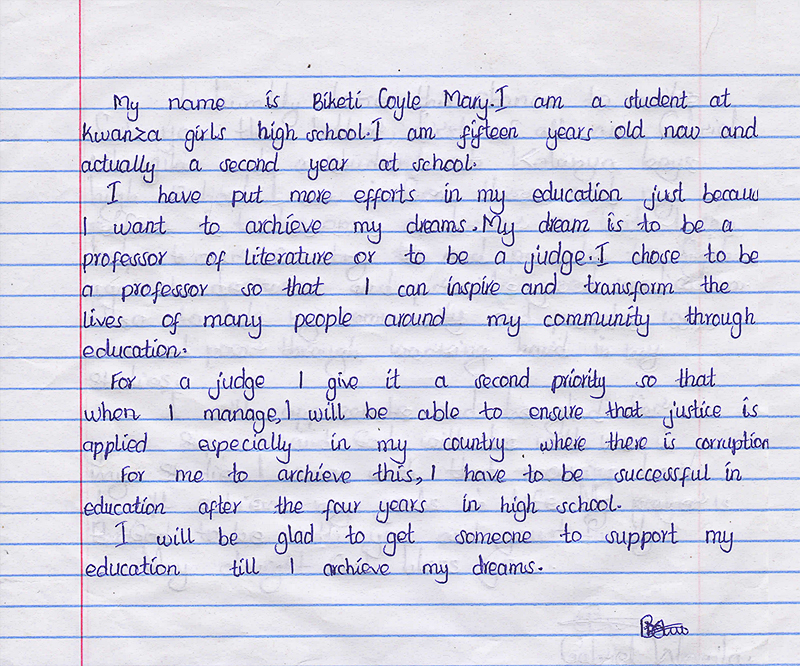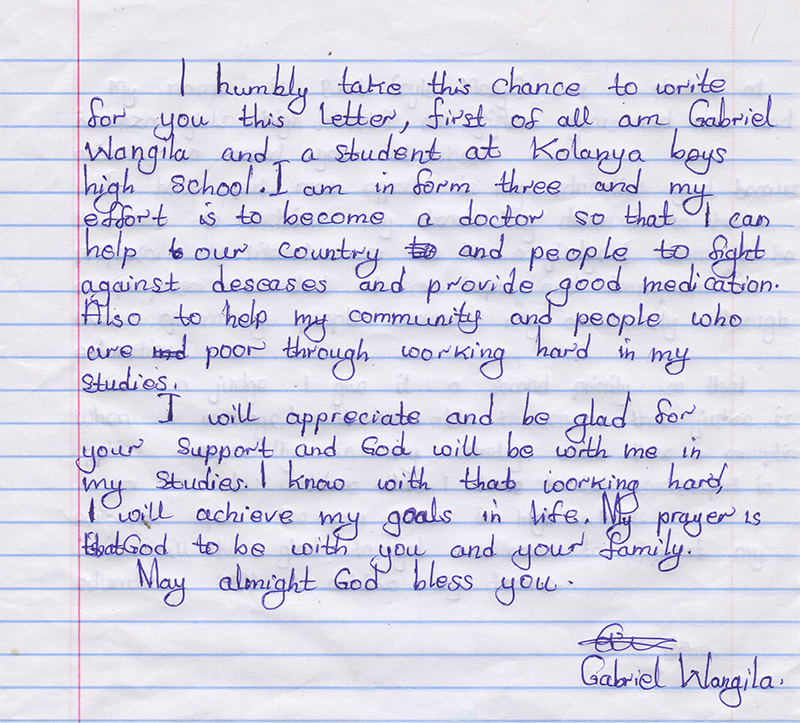
January is Human Trafficking Prevention Awareness Month
Human trafficking is a form of modern-day slavery. It involves the use of force, fraud, or coercion to obtain some type of labor or commercial sex act. Every year, millions of men, women, and children are trafficked worldwide. It can happen in any community and victims can be any age, race, gender, sexual orientation, nationality, and income levels.
Traffickers look for people who are susceptible for a variety of reasons, including psychological or emotional vulnerability, economic hardship, lack of a social safety net, natural disasters, or political instability.
Language barriers, fear of their traffickers, and/or fear of law enforcement frequently keep victims from seeking help, making human trafficking a hidden crime.
Human trafficking is a multi-billion dollar criminal industry that denies freedom to 24.9 million people around the world. Polaris Project
Recognizing key indicators of human trafficking is the first step in identifying victims and can help save a life. Not all indicators listed are present in every human trafficking situation, and the presence or absence of any of the indicators is not necessarily proof of human trafficking. Common indicators to help recognize human trafficking include:
- Does the person appear disconnected from family, friends, community organizations, or houses of worship?
- Has a child stopped attending school?
- Has the person had a sudden or dramatic change in behavior?
- Is a juvenile engaged in commercial sex acts?
- Is the person disoriented or confused, or showing signs of mental or physical abuse?
- Does the person have bruises in various stages of healing?
- Is the person fearful, timid, or submissive?
- Does the person show signs of having been denied food, water, sleep, or medical care?
- Does the person have tattoos or insignia indicative of ownership?
- Is the person often in the company of someone to whom he or she defers? Or someone who seems to be in control of the situation, e.g., where they go or who they talk to?
- Does the person appear to be coached on what to say?
- Is the person living in unsuitable conditions?
- Does the person lack personal possessions and appear not to have a stable living situation?
- Does the person have freedom of movement? Can the person freely leave where they live? Are there unreasonable security measures?
Healthcare providers must be empowered to identify victims of human trafficking and connect those victims with services.
Resources:
National Human Trafficking Hotline 1-888-373-7888 or text HELP or INFO to BeFree (233733)
American Hospital Association, Combating Human Trafficking
American Hospital Association, Human Trafficking Response: Resources for Health Care Professionals
American Hospital Association, Human Trafficking, 10 Red Flags that Your Patient Could be a Victim
Caring for Trafficked Persons: Guidance for Health Providers
Department of Health and Human Services, Homeland Security, Blue Campaign
Centers for Disease Control and Prevention, Human Trafficking in the Wake of a Disaster





